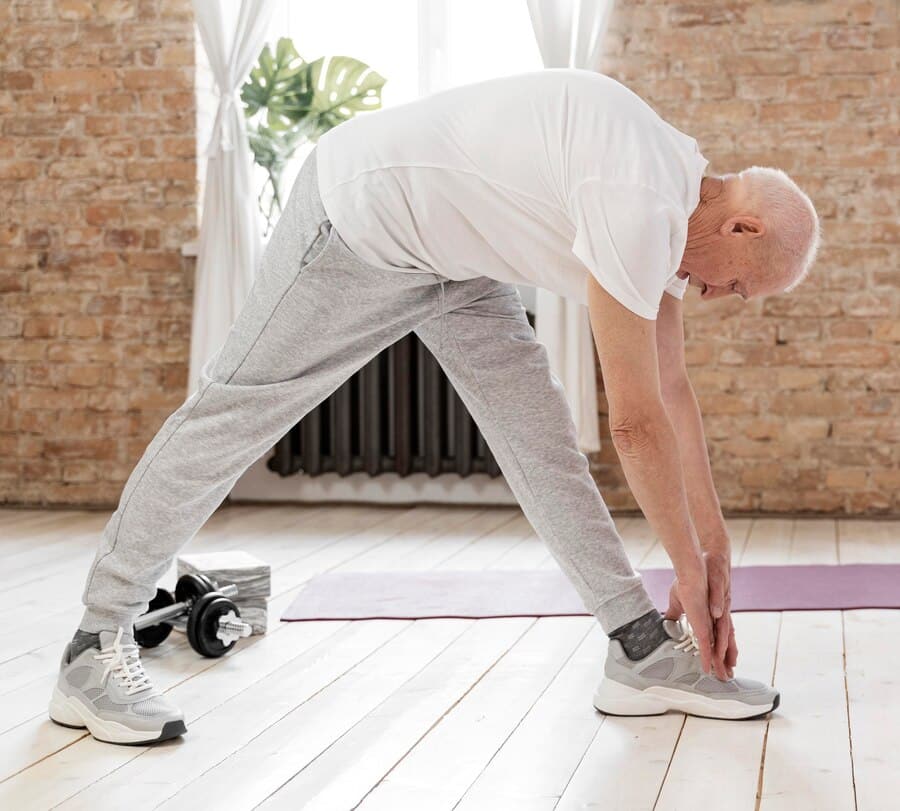Choosing a rehab facility for elderly family members is a deeply personal and often overwhelming process. You want the best care, whether it’s for short-term recovery or ongoing support. It’s about more than medical attention. It’s about respect, dignity, and quality of life.
At Westmont of Culver City, we understand that this decision carries emotional and practical weight. With personalized care options, compassionate staff, and family-centered planning, we’re here to help you navigate every step of this journey with confidence and clarity.
Understanding Rehabilitation Needs and Levels of Care
When selecting a rehab facility for the elderly, identifying their rehabilitation needs is the first step toward a successful recovery. Different seniors require varying levels of care, depending on whether they’re healing from surgery, illness, or injury. It’s essential to align the facility’s offerings with these specific needs.
Start by evaluating rehab assessment tools to determine the scope of care. Are physical or occupational therapies needed? Is speech therapy required? Consider the importance of medication management in a safe environment. Whether short-term or long-term rehabilitation is necessary, your chosen facility must address both physical and emotional health goals. Utilizing personalized health care plans can enhance the effectiveness of this process.
When exploring your options, be sure the facility supports goal-driven recovery, offering structured programs tailored to each individual. The best physical rehab facility for the elderly will focus on holistic recovery—mind, body, and spirit.
Evaluating Facility Options and Accreditation
To ensure your loved one receives top-tier care, evaluate various facility options carefully. Always prioritize accreditation, as it demonstrates that the facility meets stringent quality and safety standards. This is a non-negotiable when selecting the best rehab facility for the elderly.
Beyond credentials, take time to research the facility’s reputation. Read testimonials, inspect their compliance with state regulations, and ask about their inspection history. Accreditation isn’t a one-time accomplishment—it should reflect the facility’s ongoing commitment to excellence. Also, learn about the center’s end-of-life care approach if this may become relevant.
For example, Westmont of Culver City consistently maintains its standards through rigorous internal evaluations. Choosing a facility that takes accreditation seriously helps guarantee the safety, dignity, and progress of your loved one.
Staff Qualifications and Ratios
One of the most critical components of an effective rehab facility for elderly individuals is its staff. High-quality outcomes depend largely on the training and attentiveness of caregivers.
Here’s what to evaluate:
- Specialized Geriatric Training: Staff should be certified and experienced in elder care, including therapy techniques specific to seniors.
- Staff-to-Resident Ratios: Low ratios ensure personalized attention, increasing the success rate of recovery.
- Continual Learning: Facilities should offer their staff ongoing education in the latest care practices and technologies.
At Westmont of Culver City, our team emphasizes low staff-to-resident ratios and training in specialized programs, ensuring residents receive compassionate, informed care daily.
Location, Accessibility, and Out-of-Pocket Expenses
The practical aspects of selecting a rehab facility for the elderly near you—location, accessibility, and cost—play a major role in decision-making.
Here’s how to break it down:
- Location: Choose a facility close enough to allow frequent visits, as family involvement boosts morale and recovery.
- Accessibility: Look for features like ramps, elevators, wide hallways, and handrails.
- Cost: Determine what’s covered by insurance or Medicare and plan for out-of-pocket costs, including co-pays or long-term fees.
Check if the facility provides comprehensive rehabilitation services, including transportation to appointments or social outings.
| Criteria | Importance | Examples |
| Location | Proximity to family | Within 10 miles |
| Accessibility Features | Support for mobility challenges | Ramps, elevators |
| Out-of-Pocket Expenses | Financial planning and coverage | Insurance, payment plans |
To help with financial planning, tools like Medicare.gov’s Nursing Home Compare can be helpful.

Involving Family in Decision-Making and Lifestyle Considerations
Family involvement is key in selecting the best rehab facility for the elderly. Having open conversations ensures everyone is aligned on expectations, goals, and what’s best for your loved one.
Lifestyle considerations are equally vital—what does your loved one enjoy? What comforts do they need? Beyond basic health needs, consider emotional and social wellness. Engaging in activities, spiritual support, and maintaining independence are all essential elements.
Family Communication Strategies
When navigating such a big decision, structure your family discussions to be inclusive and informed. Here are strategies to follow:
- Team Decision-Making: Assign tasks—someone researches, someone tours, someone communicates.
- Document Sharing: Share links, brochures, and feedback openly.
- Encourage Openness: Make sure everyone, especially your loved one, feels heard.
By including all voices, you’ll create unity in decision-making and make sure the chosen rehab facility for the elderly near you is one that the entire family supports.
Lifestyle Health Assessments
Before finalizing your choice, conduct a lifestyle health assessment. Consider current habits—are they active or sedentary? What does their diet look like? Do they enjoy social interaction?
Activities such as walking clubs, group therapy, or spiritual services can dramatically improve outcomes. Facilities like Westmont also offer social activities that support not only recovery but enjoyment.
Tools like the National Institute on Aging’s Eldercare Locator can also help find local support services.
Compassionate Care That Supports Lasting Recovery
Selecting the right rehab facility for elderly loved ones is one of the most important decisions a family can make. By evaluating health needs, staff qualifications, costs, and accessibility—and involving your family in the process—you lay the foundation for a safe and empowering recovery journey.
At Westmont of Culver City, we’re committed to helping families every step of the way. Our reputation as a physical rehab facility for the elderly is built on compassion, expertise, and personalized care. Whether you’re seeking the best rehab facility for the elderly or simply exploring options, we welcome you to experience our difference.
For more information, call us at 310-736-41188 or schedule a tour to see firsthand how we can support your loved one’s recovery with dignity and warmth.
Discover the level of care you or your family member requires. What Level of Care Do You Need?
Frequently Asked Questions
How long can an elderly person stay in a rehab facility?
The length of stay in a rehab facility for the elderly depends on the individual’s medical needs and recovery progress. Typically, short-term rehab lasts anywhere from a few days to several weeks, while long-term rehab may extend to several months. Medicare generally covers up to 100 days of care in a skilled nursing facility if eligibility requirements are met. The attending medical team will regularly assess the senior’s condition to determine when it’s safe to discharge or transition to another level of care.
What is the difference between rehab and a nursing home?
A rehab facility is designed for short-term recovery after illness, surgery, or injury, with a focus on physical, occupational, or speech therapy. Nursing homes, on the other hand, provide long-term residential care for seniors who need help with daily activities but may not require intensive therapy. Rehab centers are more medically intensive and are often staffed with therapists and rehabilitation specialists. Nursing homes emphasize custodial care, and while they may offer some therapy, it’s not as comprehensive as in a rehab setting.
Does Medicare cover rehab for seniors?
Yes, Medicare typically covers rehab services for seniors under certain conditions. If a senior has a qualifying hospital stay of at least three days and requires skilled nursing or therapy, Medicare Part A may cover up to 100 days in a skilled nursing facility. The first 20 days are fully covered, while a co-payment is required for days 21 through 100. After 100 days, coverage ends unless the senior has additional insurance or qualifies for Medicaid. Always check current Medicare guidelines to confirm coverage details.
What is a rehab facility for the elderly?
A rehab facility for the elderly is a healthcare center that provides specialized therapies and medical care to help seniors recover from surgery, illness, or injury. These facilities offer services such as physical therapy, occupational therapy, and speech-language therapy. The goal is to restore independence and improve the quality of life so the senior can return home or transition to a more permanent living arrangement. Care plans are personalized and typically involve collaboration between doctors, nurses, and licensed therapists.








